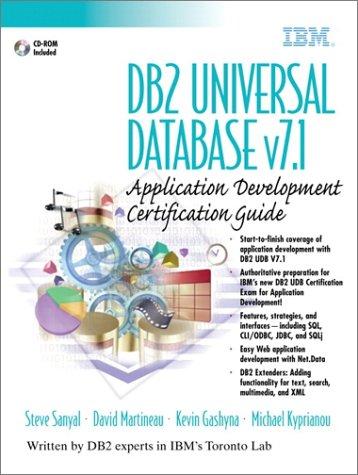Question
using MATLAB to aid in your investigation of systems related to those we have studied in class. (Note the word aid not replace! much of
using MATLAB to aid in your investigation of systems related to those we have studied in class. (Note the word aid not replace! much of the analysis will be done by hand, with MATLAB used as a tool for other parts.) Use as much paper as you need to present a clear and complete discussion of the problems, but please be concise and organized, and make it easy to read and understand (this included writing legibly, and in complete English sentences!) Attach all necessary graphs, clearly labeled.
A population of fish is modeled by the logistic equation modified to account for harvesting:
dpdt=.25p1-p4-a or equivalently dpdt=-116p2+14p-a
- What are the equilibrium solutions? Note: your answer(s) should be expressed in terms of a.
- Determine the range of values of a for which this model has 2 different equilibrium values. When does it have 1 equilibrium? 0 equilibria? Carefully interpret each of these scenarios in the context of this model.
- Suppose a has the value for which there is 1 equilibrium. What is the value of this equilibrium? Is it an attractor, a repellor, or a node? What does this mean to our population?
For #4 and #5, let a = 0.16
- What will happen to the population in the long run? If your answer depends on the initial population, be sure to include all possible scenarios.
- a. Use MATLAB to find the analytical solution to this differential equation.
b. Use MATLAB to graph solution curves to this system with several different initial values. Be sure to show all of the scenarios found in #4.
- Now choose 2 new values for a; one in which a equals the value that you found in #3, and one when a is slightly larger than that. Repeat both parts of question #5 for each of these values of a.
Now assume that the harvesting is not done at a constant rate, but rather at different rates at different times of the year. This can be modeled by dpdt=.25p1-p4-c(1+sint) . This problem can no longer be solved analytically, but can still be analyzed graphically.
. This problem can no longer be solved analytically, but can still be analyzed graphically.
- Let c=0.16. Use MATLAB to graph approximate solutions for several different values of p(0), and interpret what you see. Turn in the graphs together with your analysis. Note: 0
- Repeat question 7 with c=0.3
Step by Step Solution
There are 3 Steps involved in it
Step: 1

Get Instant Access to Expert-Tailored Solutions
See step-by-step solutions with expert insights and AI powered tools for academic success
Step: 2

Step: 3

Ace Your Homework with AI
Get the answers you need in no time with our AI-driven, step-by-step assistance
Get Started


